
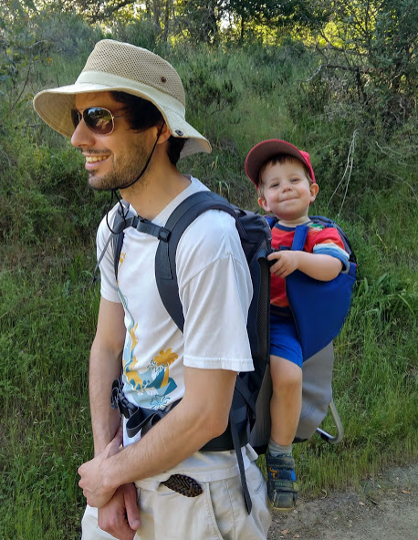 What is your position or role in the DESI project?
What is your position or role in the DESI project?
I’m a researcher at LLNL working on the DESI operations team.
Where were you born?
I was born in St. Louis, MO.
Where do you live now?
I live in San Leandro, CA, just south of Oakland.
What do you as part of DESI?
My recent focus has been on testing the accuracy of the fiber positioning and finishing the imaging survey. I also work on the telescope scheduling. My work is entirely on the software side, so on a day-to-day basis I write code and make plots. Finally, I think a lot about how systematics in the imaging can imprint onto the maps we’ll make with DESI.
What is the most interesting or exciting thing about DESI?
The scale of the projects we’re working on is just awesome, in a number of senses:
- largest map of the universe
- largest map of the Milky Way
- millions of spectra, thousands of fibers, tens of spectrographs
It is thrilling to see all of this come together.
Any advice for an aspiring scientist?
Learn to program! There is a ton of interesting stuff waiting to be found in real scientific data, and you can find it from home today using just a computer.
What do you do for fun?
Recently, I spend a lot of time building structures with and reading to my two-year-old son. I also hike, play frisbee, and read to myself.
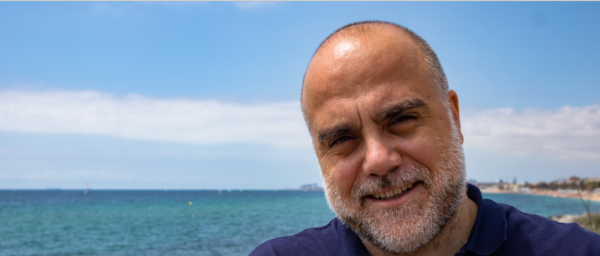 <
<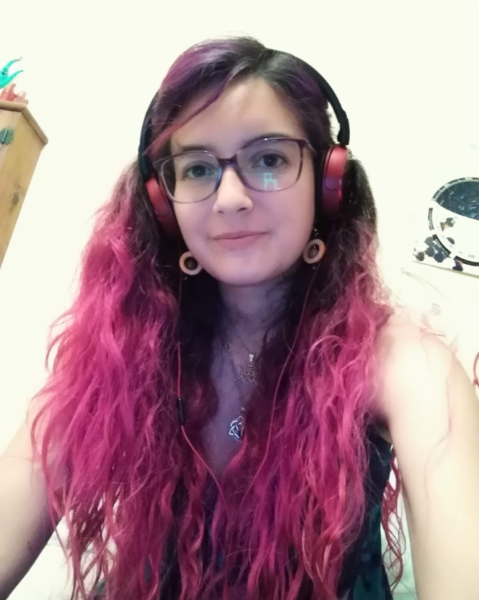
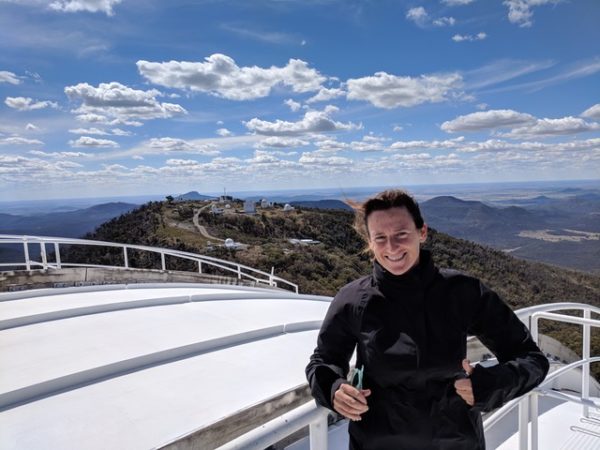 What is your position or role in the DESI project?
What is your position or role in the DESI project?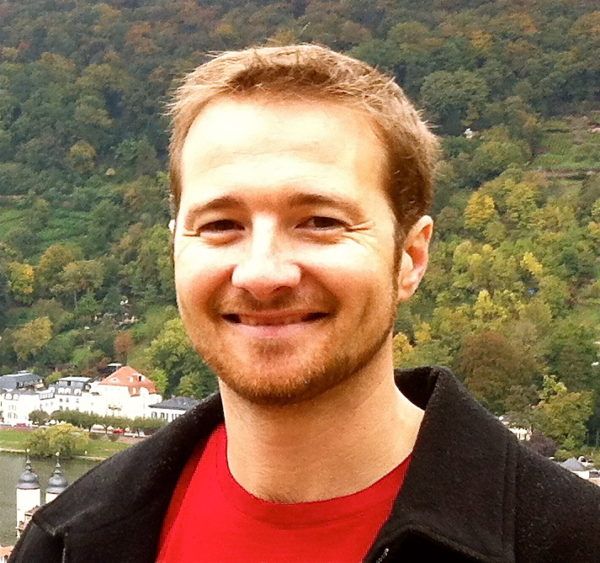 What is your position or role in the DESI project?
What is your position or role in the DESI project?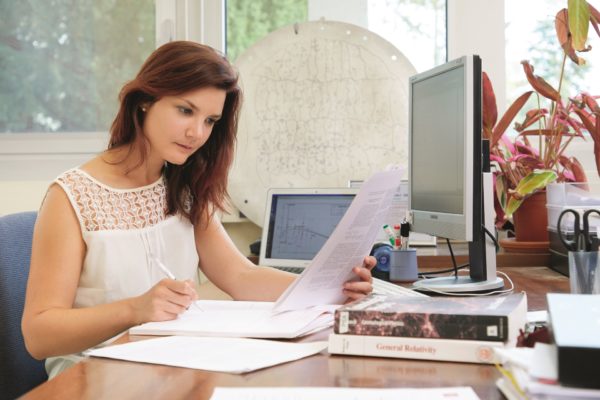
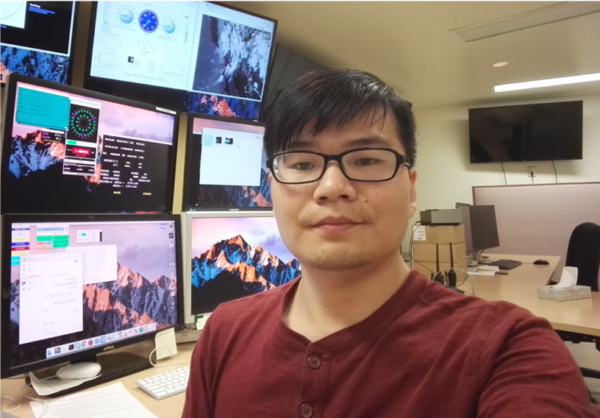
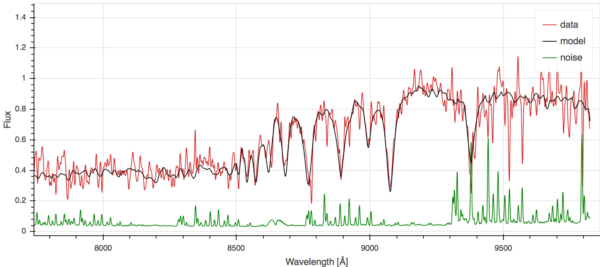
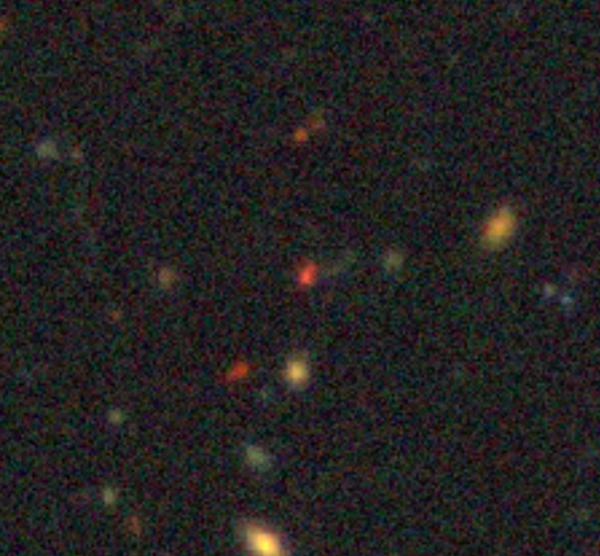
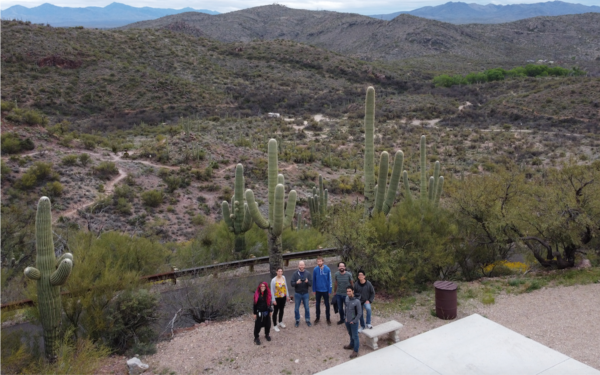
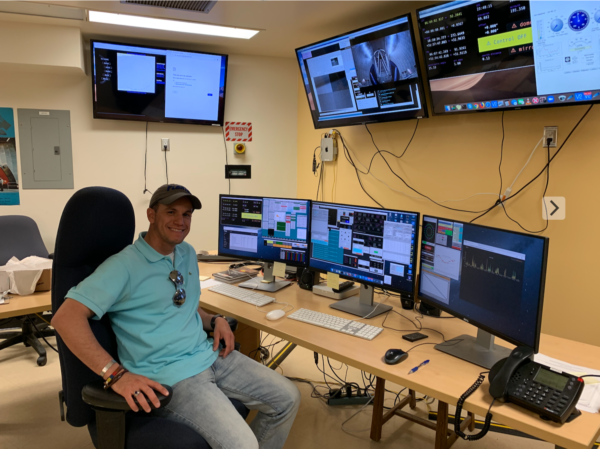 What is your position or role in the DESI project?
What is your position or role in the DESI project?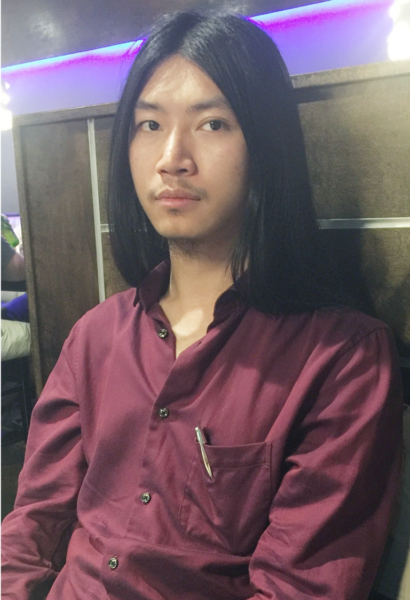 What is your position or role in the DESI project?
What is your position or role in the DESI project?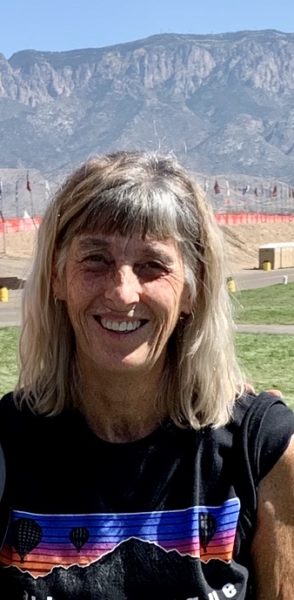 What is your position or role in the DESI project?
What is your position or role in the DESI project?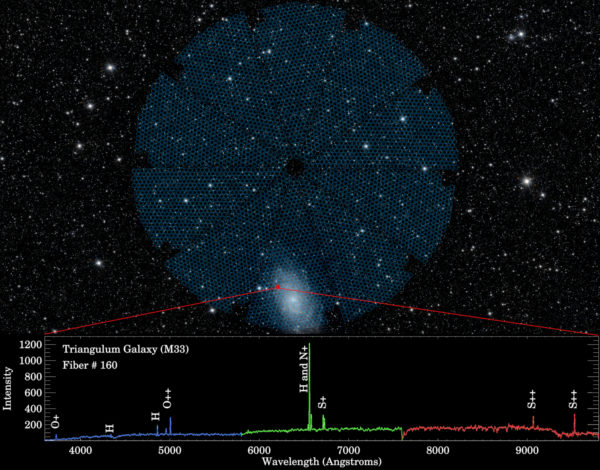 DESI Opens It’s 5,000 Eyes to Capture the Colors of the Cosmos!
DESI Opens It’s 5,000 Eyes to Capture the Colors of the Cosmos!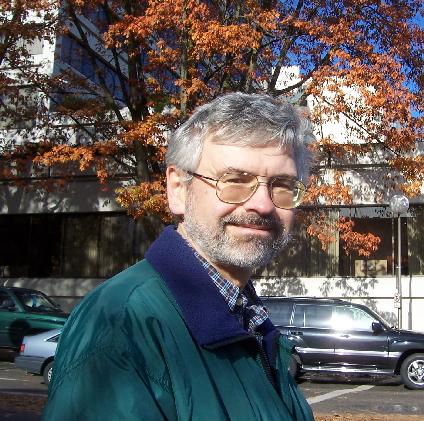 What is your position or role in the DESI project?
What is your position or role in the DESI project?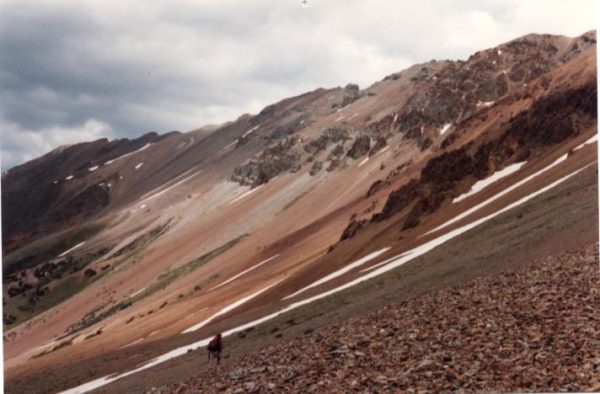
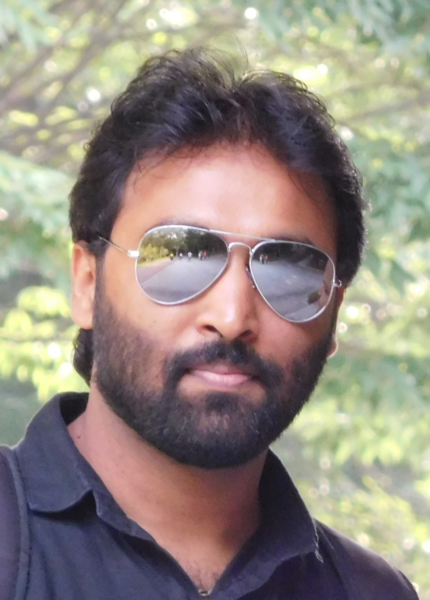 What is your position or role in the DESI project?
What is your position or role in the DESI project?